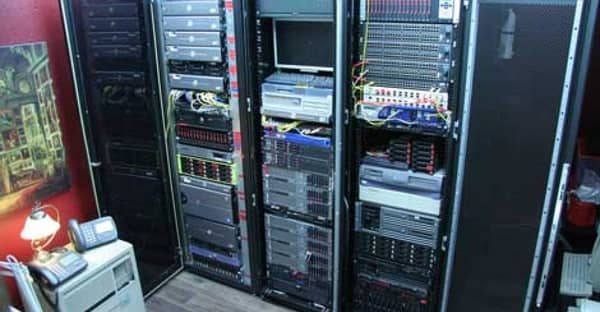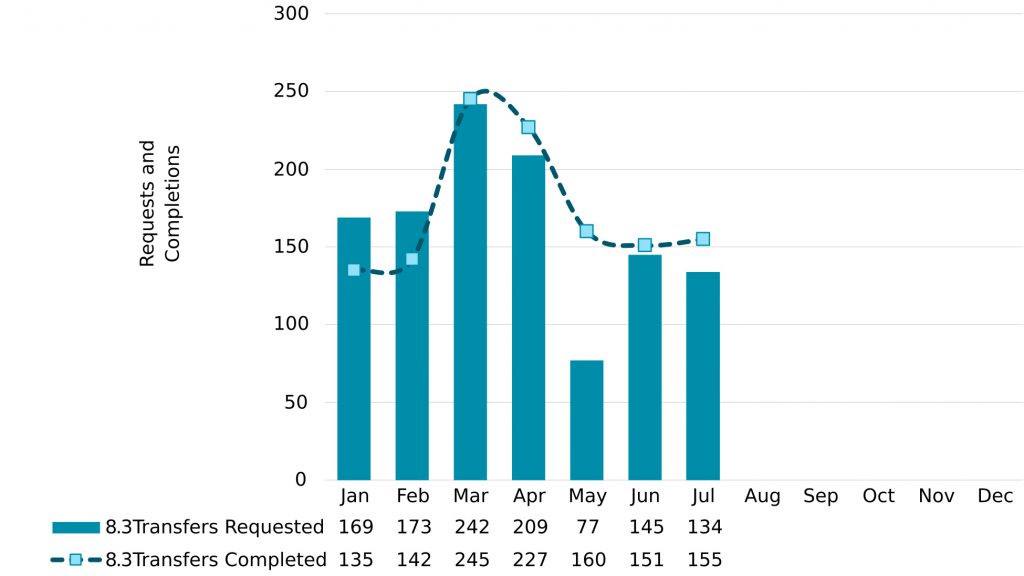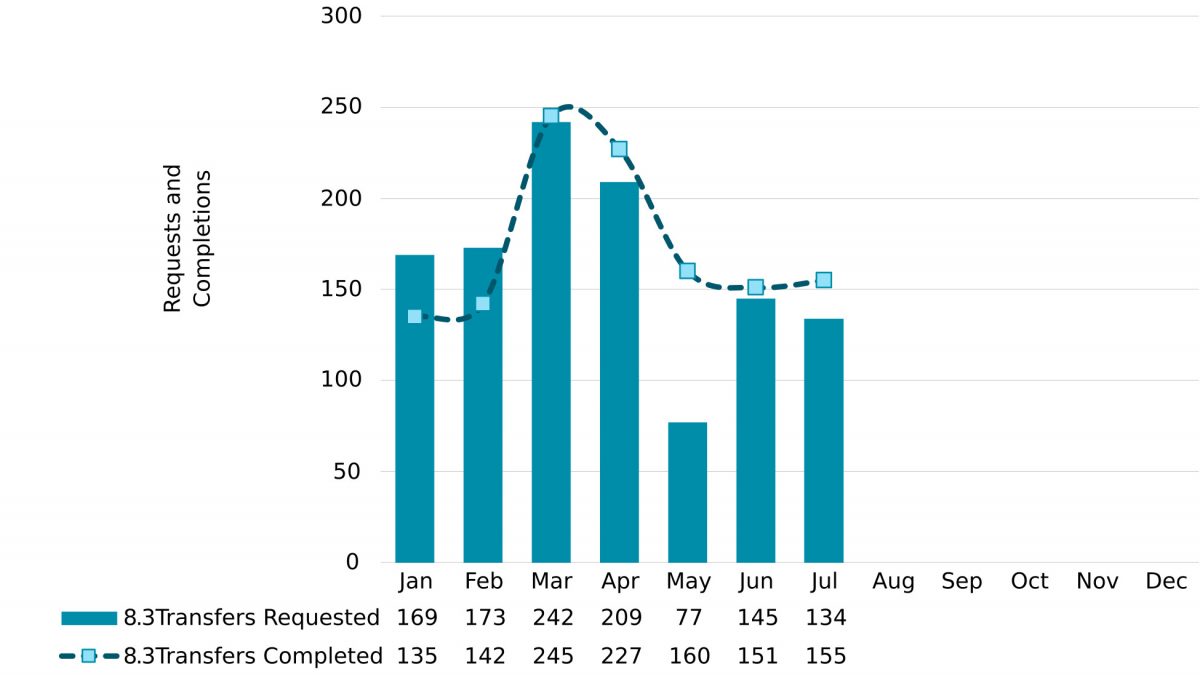
Data Center Uptime Explained
August 25, 2021
Are in-House Data Centers Scalable?
August 31, 2021The IPv4 transfer market continues to unfold and show some interesting volatility as time goes on. Starting in May of 2021, the market saw a significant dip in transfer requests as compared to the rest of the year.
This was the first occasion where we saw below 100 transfer requests per month since the inception of the IP transfer market in 2014. The volatility continues to show a decreasing trend over the past 3 months as the transfers have yet to surpass the 100 mark.
In the recent months from June to July, the total transfer requests have decreased by -7.5%. The more significant decrease is a -20% drop in IP transfer requests in July as compared to the rest of the 2021 calendar year. So how does this translate to the pricing for IP addresses in today’s market?
Prices started out at around $8 per IP back in 2015, when total transfer requests were well below 100 per month. Ever since we have seen a 20 – 30% increase in pricing every year without fail.

Covid caused a significant price increase of over double the normal yearly increases, due to limited supply and massively increased demand. Today prices range between $38 – $45 per IP address in all respective markets.
So, what does the recent decrease in IPv4 transfer requests mean? Are we looking at a possible correction in pricing, or will we push through the $50 price point?
It will be interesting to see what happens because there are other factors at play today that did not exist over the past 5 years. The introduction of COVID causes many suppliers to slow down re-addressing efforts and redirect priorities to contingency plans.
While this was occurring, the demand from ISPs and hosting providers alike soared as many people adapted to work from home environments.
If organizations are still slow to add IPs into the market, the lowered demand might just fill at a normal pace, keeping prices stable. However, if we see a floor of IPs hit the market, we can certainly assume that prices may drop and/or stay stable at or around the $40 per IP price point. One thing is certain. The laws of supply and demand will always dictate pricing.
The fact is, there are no more Ipv4 addresses made. Therefore, the limited amount that is available will always be a desired commodity among the internet community. Even with the rollout of IPv6, there will always be a need for dual-stack networks. And at this pace, IPv6 will not play a prominent role for another 5 – 10 years, if at all…

